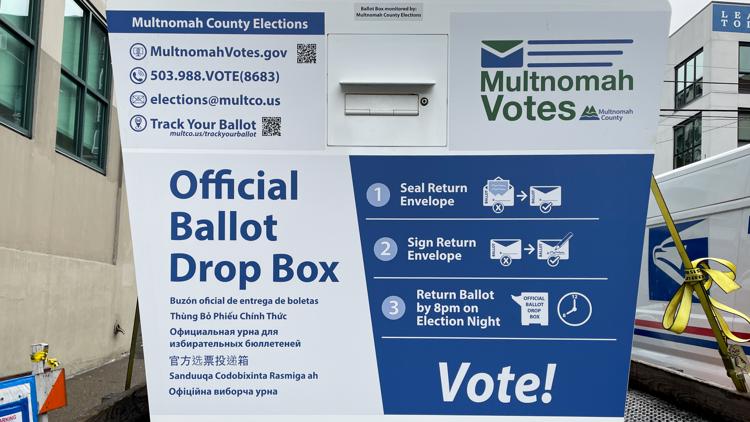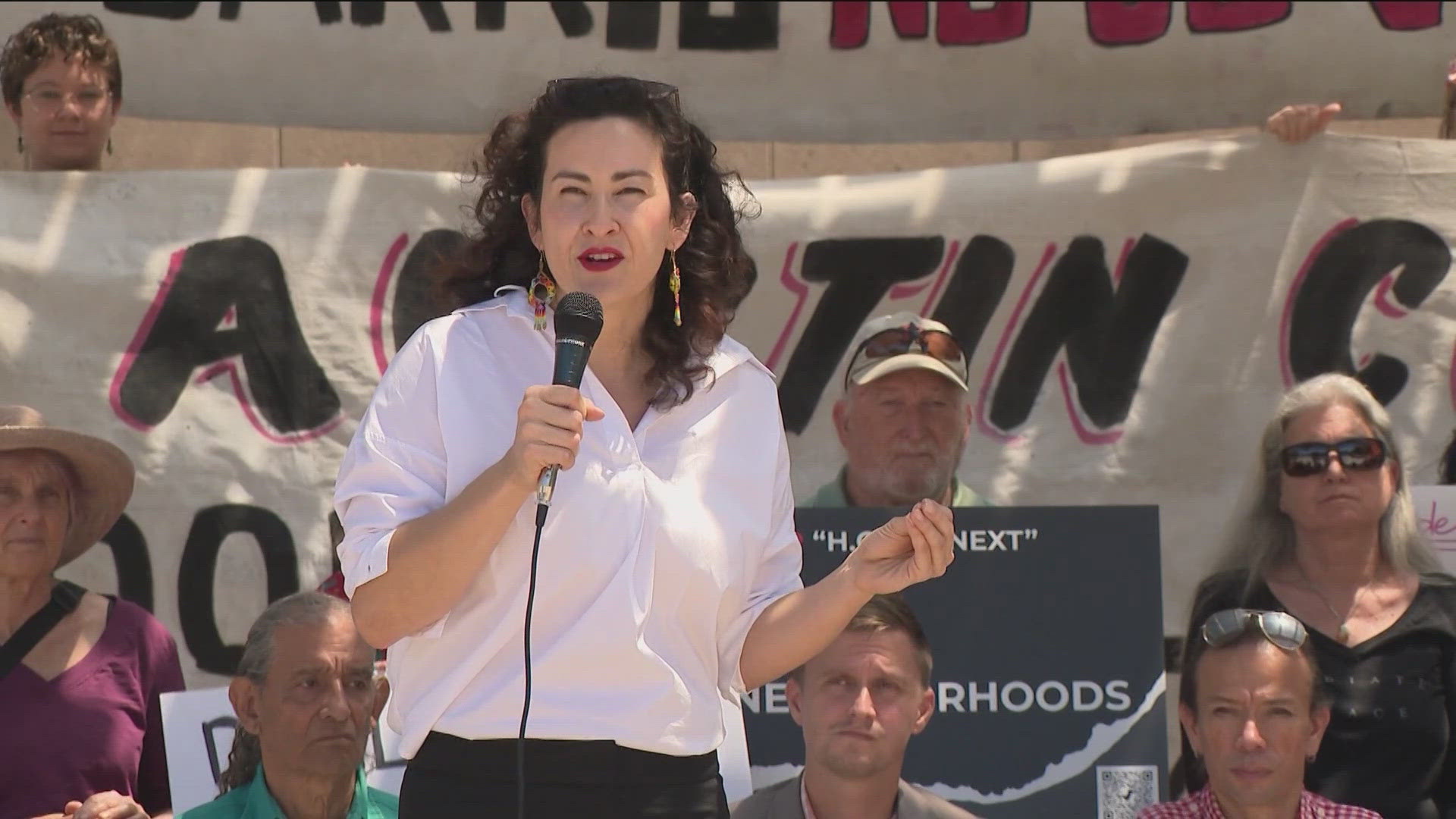AUSTIN, Texas — When it comes to voting in Texas, there are a lot of things to know about registering to vote, when and where you can vote and more.
In some cases, Texans may find themselves in a situation that could present issues with voting – like if they moved before they voted but didn't get their registration updated in time to cast their ballot. In instances like these, a limited or provisional ballot might be used.
Here's what the Texas Secretary of State's Office (SOS) says about limited and provisional ballots.
When is a limited ballot used?
Limited ballots are used when a voter has moved and they have their Texas registration in a county other than their new county of residence.
Limited ballots are only an option during early voting and can't be used on Election Day. Additionally, personal appearance limited ballots are only available at the main early voting polling place.
Who can use a limited ballot?
To vote a limited ballot, a voter must:
- Be eligible to vote in the county of registration if they still live there
- Be registered to vote in their former residence at the time they offer to vote in the new county OR they submitted a voter registration application in their new county but their registration won't be effective by Election Day
When are provisional ballots used?
In 2002, the Help America Vote Act required that provisional ballots be offered to any voter who declares that they are a registered and eligible voter of the precinct in which they are appearing AND any voter whose eligibility is called into question by an election official – for example, if they're shown to have voted early by mail.
In addition, Texas law also adds that a person may vote provisionally if they don't have the required photo identification.
Provisional ballots can be offered during both early voting and on Election Day. According to the SOS, they should be offered at all polling places.
Why are provisional ballots important?
According to the SOS, a provisional ballot helps the voter when:
- "The voter went to DPS to obtain/update a license but the registration information was not transmitted to SOSO.
- There is an error on the list of registered voters (e.g., city annexed land and did not provide an updated map).
- The voter's registration application is smudged or contains poor handwriting.
- A registration update was timely post-marked but was delivered to the VR [voter registrar] after the OLRV [Official List of Registered Voters] was printed.
- A voter registered to vote through a VDR [Volunteer Deputy Registrar], but the VDR did not turn in the application."
The SOS said it often hears from voters that provisional ballots "do not matter" or that an election worker told them their provisional ballot "will not count," but that's not true. The office said provisional ballots often end with a voter's ballot being counted and, by casting a provisional ballot – even if it's not accepted for counting – the person will become a registered voter.
Who are provisional ballots offered to?
According to the SOS, a provision ballot must be offered to:
- A voter who doesn't provide an acceptable form of identification
- A voter whose name on their identification is not substantially similar to the name on the OLRV
- A voter whose identity can't be verified by the identification presented
- A voter who has received a disability exemption but doesn't have a voter registration certificate indicating that
- A voter whose name doesn't appear on the OLRV and doesn't have a registration certificate, but says they are a registered and eligible voter of the precinct
- A voter who has applied for a ballot by mail, but hasn't yet properly canceled the mail ballot application
- A voter who votes during the polling hours that are extended by a state or federal court
- A voter who is registered to vote but attempting to vote in a precinct other than the one in which they are registered
- A voter who is on the precinct list of registered voters, but whose registered residence address is outside the political subdivision for which they are seeking to vote.
- Other, with an explanation
What happens if someone qualifies for a provisional ballot?
If a voter fits into one of the above categories, the election worker must inform them of their right to cast a provisional ballot. If the voter doesn't appear on the list of registered voters, the election worker can assist them in determining if they're registered in another precinct.
If the voter thinks they're registered, the election judge must ask if the voter registered or updated their registration at the Texas Department of Public Safety (DPS). If they went to DPS, the election judge must note that and the approximate date they went to DPS on the green Affidavit of Provisional Voter envelope.
If the voter is not appearing on the list of registered voters, the election worker should inform the voter that the ballot will be counted IF it is determined they are a registered voter in the precinct.
If the voter is casting a provisional ballot because of a lack of acceptable or supporting ID, the election worker should inform them that the ballot will only be counted IF the voter appears at the Voter Registrar's office and shows acceptable ID or executes a temporary affidavit or permanent exemption.



